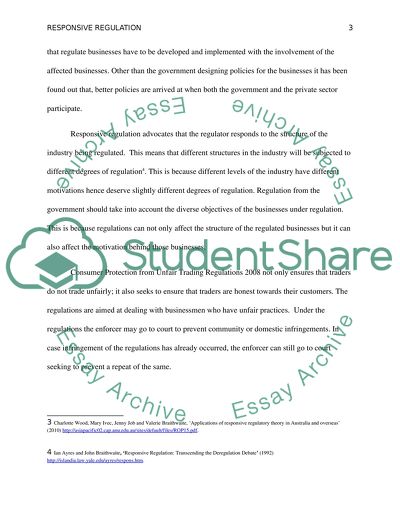Cite this document
(“ELEMENTS OF COMMERCIAL & CONSUMER LAW Essay Example | Topics and Well Written Essays - 2000 words - 1”, n.d.)
ELEMENTS OF COMMERCIAL & CONSUMER LAW Essay Example | Topics and Well Written Essays - 2000 words - 1. Retrieved from https://studentshare.org/law/1641067-elements-of-commercial-consumer-law
ELEMENTS OF COMMERCIAL & CONSUMER LAW Essay Example | Topics and Well Written Essays - 2000 words - 1. Retrieved from https://studentshare.org/law/1641067-elements-of-commercial-consumer-law
(ELEMENTS OF COMMERCIAL & CONSUMER LAW Essay Example | Topics and Well Written Essays - 2000 Words - 1)
ELEMENTS OF COMMERCIAL & CONSUMER LAW Essay Example | Topics and Well Written Essays - 2000 Words - 1. https://studentshare.org/law/1641067-elements-of-commercial-consumer-law.
ELEMENTS OF COMMERCIAL & CONSUMER LAW Essay Example | Topics and Well Written Essays - 2000 Words - 1. https://studentshare.org/law/1641067-elements-of-commercial-consumer-law.
“ELEMENTS OF COMMERCIAL & CONSUMER LAW Essay Example | Topics and Well Written Essays - 2000 Words - 1”, n.d. https://studentshare.org/law/1641067-elements-of-commercial-consumer-law.


